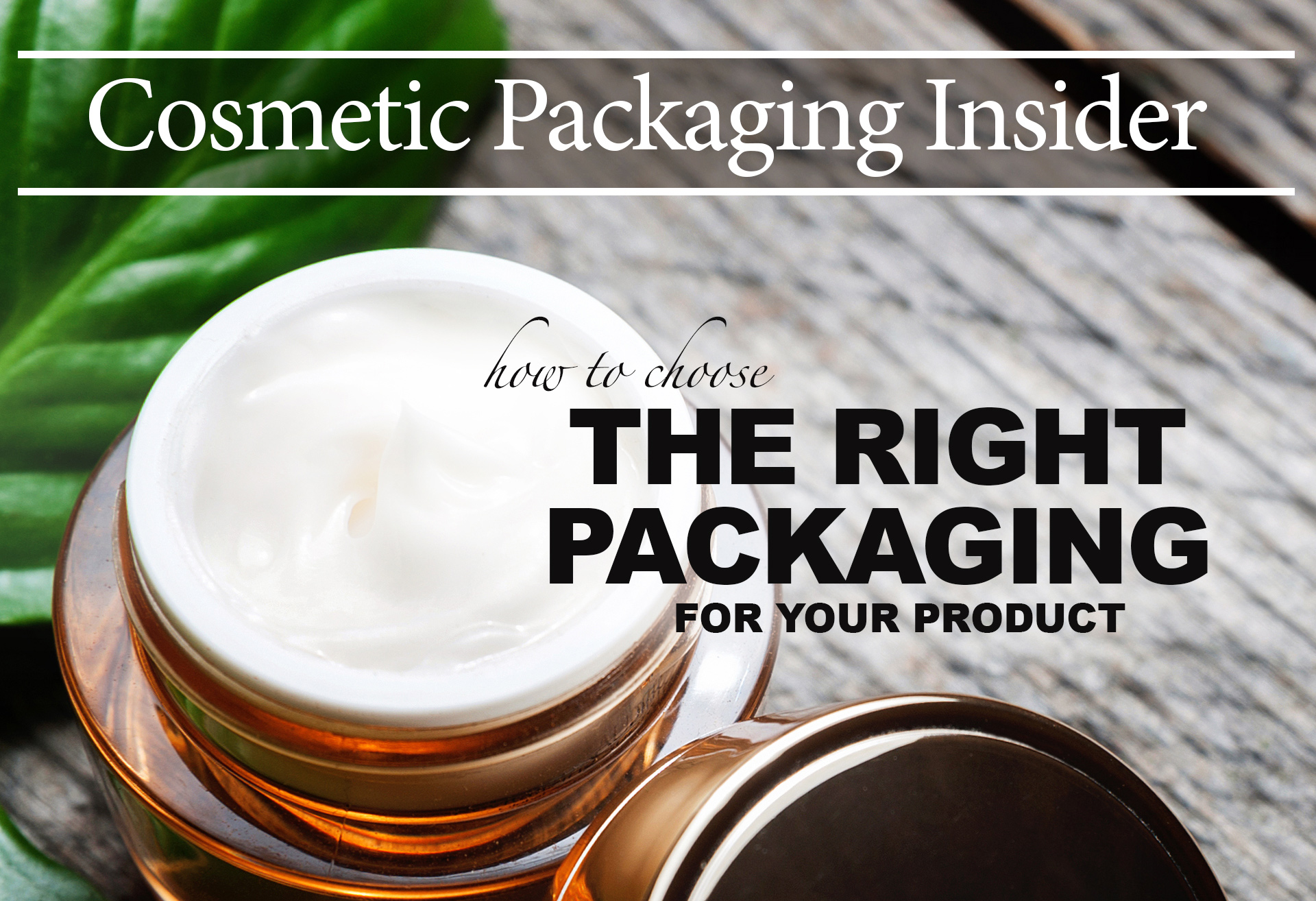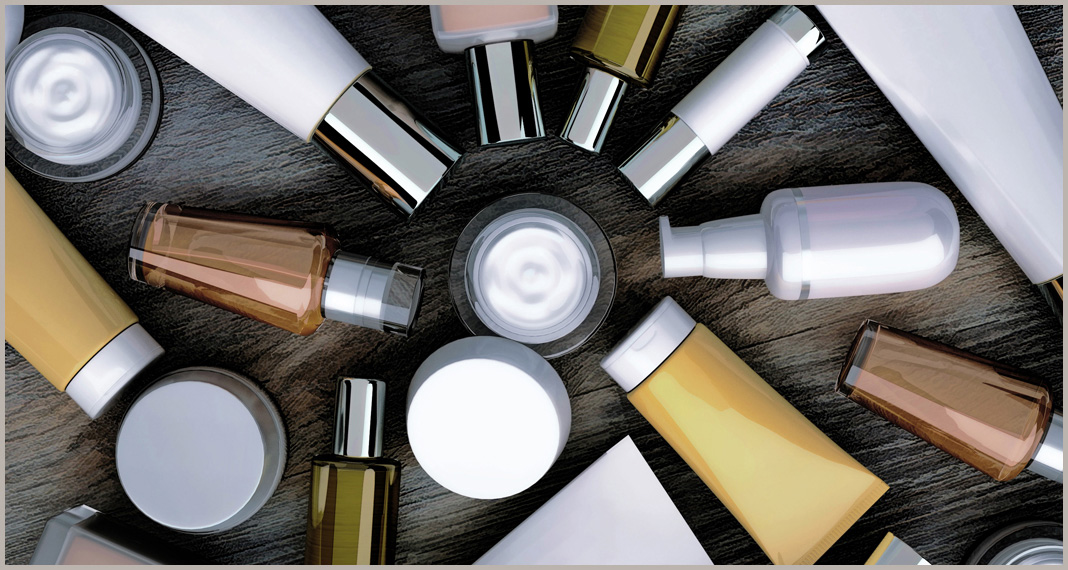
Your online cosmetic and personal care product packaging resource!
“There are several things that you need to consider before launching your product commercially...”


o, you perfected your product formula, produced it in small batches for family and friends to try, and the glowing reviews keep coming. You are ready to take your product to market. What’s the next step? Before you go any further, you might want to let some folks who are not family or friends try the product to see if you get the same glowing reviews – we all know that as much as we love our family and friends, they are often not the best source for honest, critical reviews. If you continue to get the same glowing reviews, it’s time to take things to the next level. There are several things that you need to consider before launching your product commercially, including product testing, developing a marketing and distribution plan, and, of course, selecting the proper packaging for your product.

The first consideration when selecting the right container for your product is chemical compatibility. Some essential oils, for example, can degrade plastic, so it is important to test product and container compatibility before going to market. A very simple way to do this is to request a few container samples before you place a large order. Reputable companies, like our site sponsor Cosmetic Packaging Resources, will provide a limited number of container samples at no cost if you pay for shipping them.
Once you get your samples, it is time to do some testing. It is your responsibility to comply with established guidelines and regulations to ensure that your product is safe for consumers, and in future articles in this series we will discuss safety testing. Just as important as safety testing, is compatibly and stability testing. Fortunately, there are some easy, cost-effective ways to test for container compatibility and product stability.
Here are four things you can do check your product's compatibility with your chosen container and to make sure there are no separation or other product stability issues:
- Test for stability at typical room temperature (68-77 degrees Fahrenheit). To test for product stability under recommended storage conditions, it is advisable to test for the duration of your determined expected product shelf-life (typically 6 months to a couple of years for most cosmetic products, with a typical expected shelf life of about a year). To check for stability, put some of your product in one of your containers and store it in a bathroom or bedroom for six months to a year. If you store the product in a bathroom, you will have greater exposure to moisture. If time is of the essence, and you cannot wait six months to a year, specialized laboratories can do accelerated shelf-life testing for you, provided you have the resources to pay for it.
- Short term heat testing. Every product will degrade more quickly when exposed to prolonged heat, and you want to make sure your product is stable during transport to customers. The best way to test this is to ship the product via ground transportation, during the summer months, to a friend or relative that lives across the country from you. As an alternative, you can leave a container of your product in the trunk of your car for 5-7 days during the summer to see how it holds up.
- Short-term cold testing. While heat is typically more detrimental to product stability than the cold, lower temperatures could have an impact on your product stability and performance. To test for stability during cold temperatures you can do the same thing as recommend for heat testing – send a sample of your product, via ground transport, to a friend or relative who lives in a state that experiences very cold temperatures during the winter. You can also test for cold stability by placing your product in a refrigerator or freezer for a short period of time.
- Pressure testing. Pressure differences during transport can cause your product to leak out of its container if the container is not sealed properly or is over-filled. To test how your product holds up under pressure changes during transport, send a sample to a friend or relative via airmail, and then have them send it back the same way. If you have a pressure related issue with your cosmetic packaging, this will usually reveal it.
Please keep in mind that these do-it-yourself testing methods are no substitute for the thorough and precise compatibility and stability testing that you would get from a product testing laboratory (and we highly recommend you use such a laboratory for your product testing ). Having said that, these simple tips can help you spot a potential problem before you spend a lot of money on expert laboratory testing.
For more information on product/packaging compatibility, please contact our site sponsor, Cosmetic Packaging Resources. 
May 2019
Your online cosmetic and personal care product packaging resource!
Check out our latest news, product reviews, and expert tips so you stay up to date with what is going on in the industry!



